[LUM#10] The hidden senses of cetaceans
Researchers at the Center for Functional and Evolutionary Ecology in Montpellier have shown that pilot whales are capable of perceiving tastes and/or smells, whereas it was previously thought that these cetaceans lacked gustatory and olfactory abilities.
Are cetaceans capable of perceiving tastes and smells and using this information to search for food or communicate with each other? For a long time, these animals were considered to lack the senses of smell and taste... To find out for sure, Aurélie Célérier and Bertrand Bouchard, researchers at the Center for Functional and Evolutionary Ecology, spent a month crisscrossing the Mediterranean off the coast of Spain to encounter a species of dolphin: the pilot whale. "We deployed a device that releases substances that stimulate their sense of smell and/or taste, then observed their reactions, " explains the marine biologist. Equipped with a drone and underwater cameras to observe the movements of the cetaceans and hydrophones to measure their acoustic activity, the researchers deciphered the behavior of pilot whales in the presence of DMS, a chemical compound naturally emitted at the surface of areas of high marine productivity, which is thought to be an indirect indicator of the presence of food. "Our observations confirm that these animals react to chemical stimuli in their natural environment," explains Aurélie Célérier. These fundamental findings could, in the longer term, be used to help protect these species, which are essential to the aquatic world. "The use of repellent compounds perceived through these sensory modalities could be considered, in particular, to keep cetaceans away from danger zones such as fishing areas and human navigation routes."
The expedition in pictures
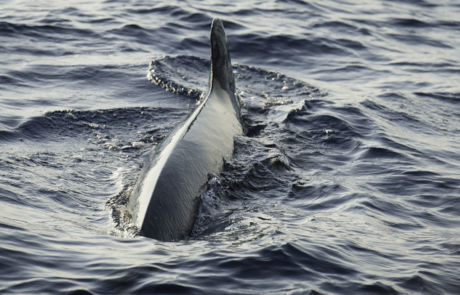
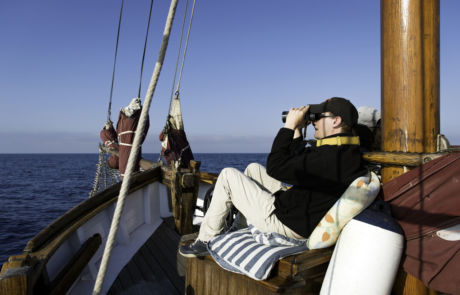
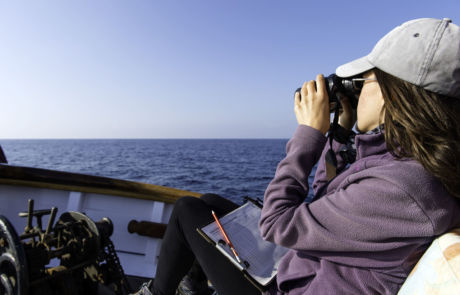

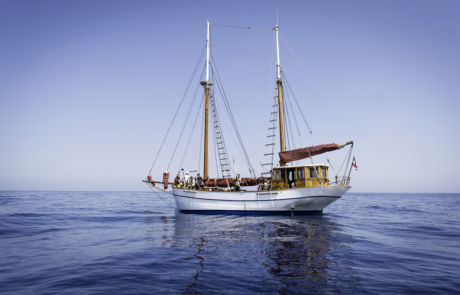
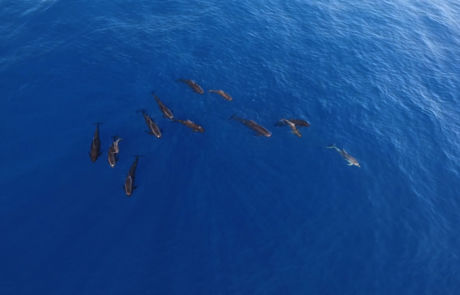
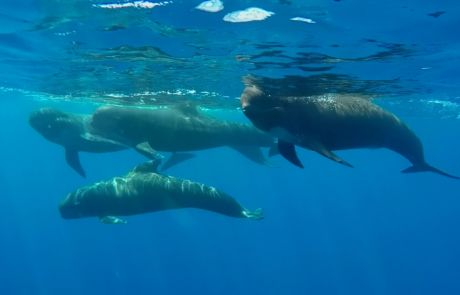
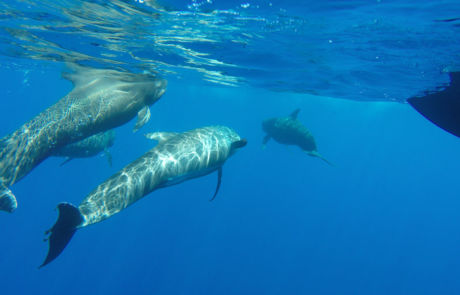
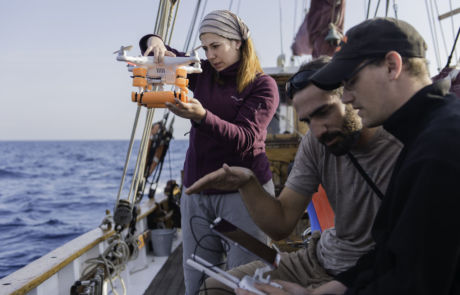
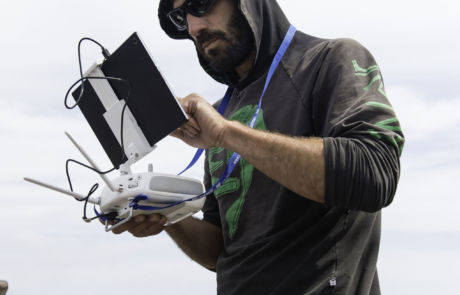
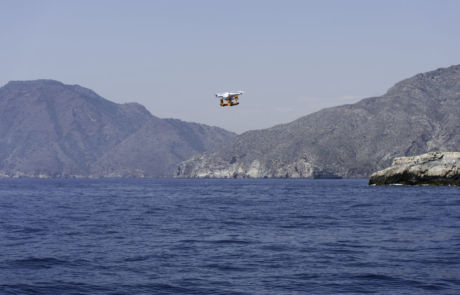
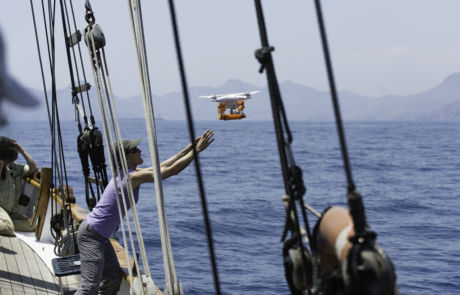

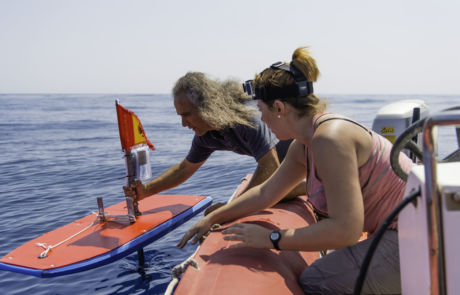
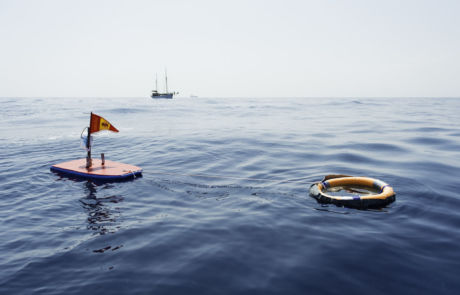
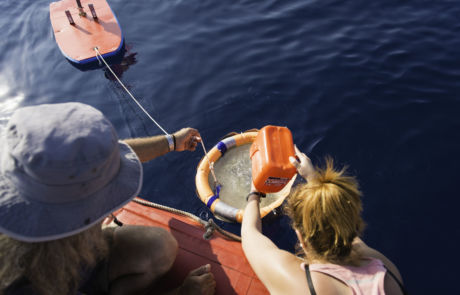
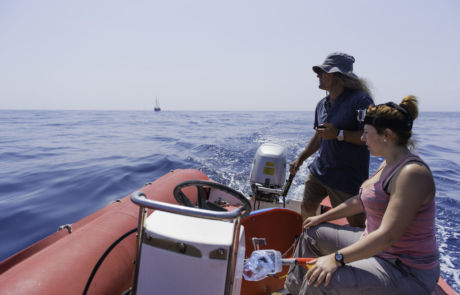
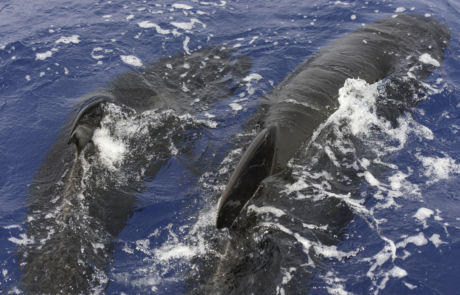
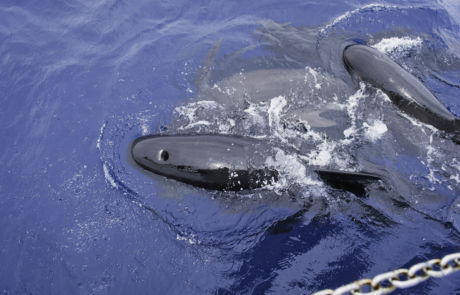
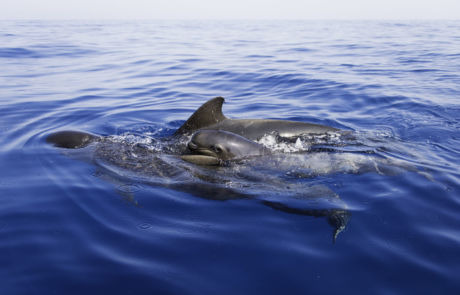
Find UM podcasts now available on your favorite platform (Spotify, Deezer, Apple Podcasts, Amazon Music, etc.).